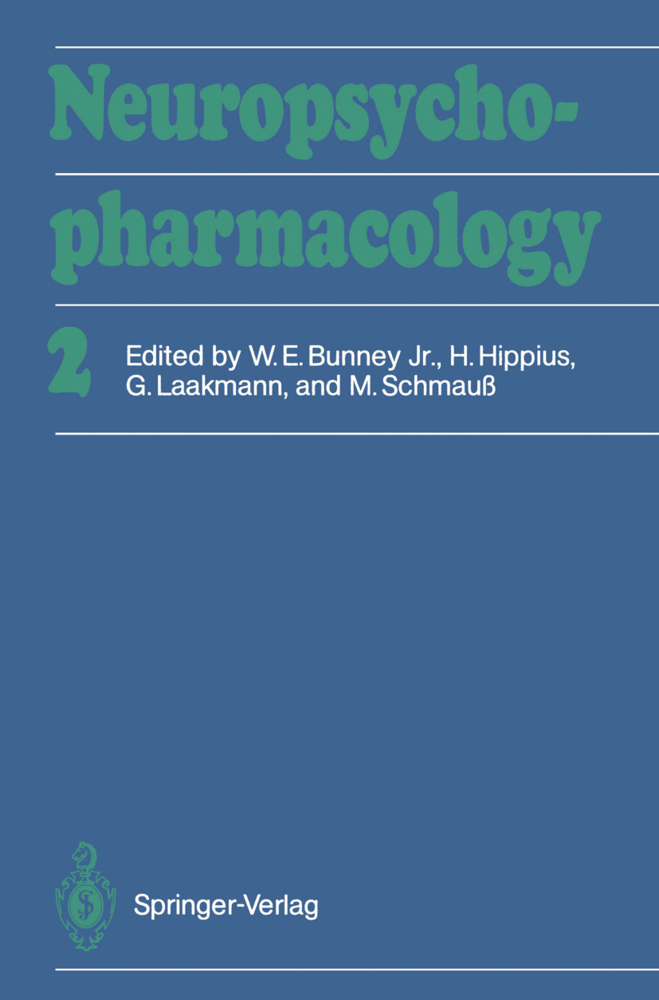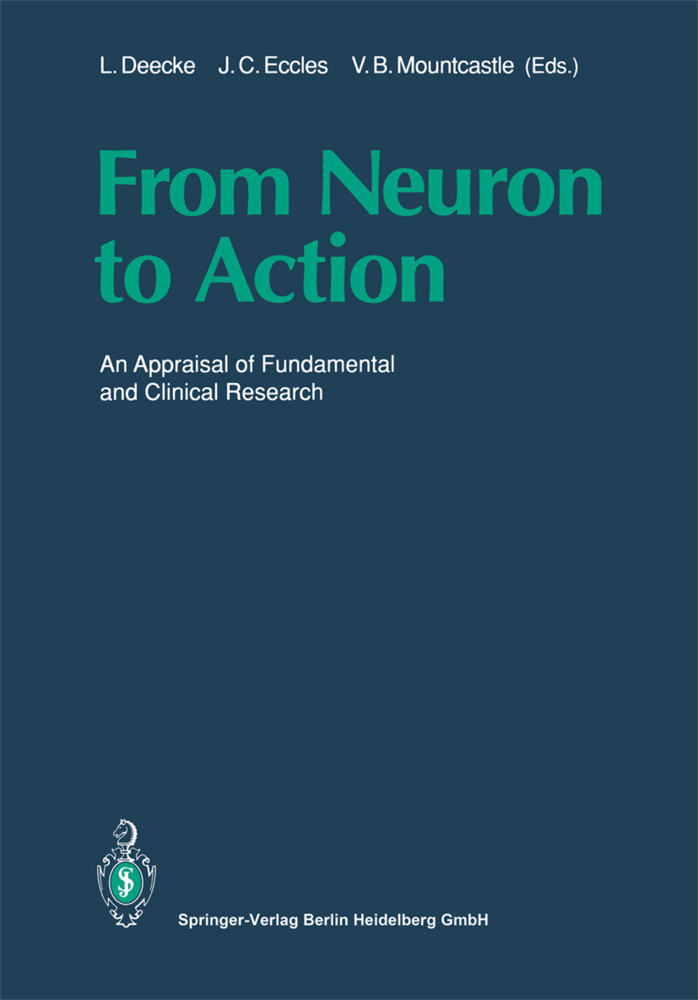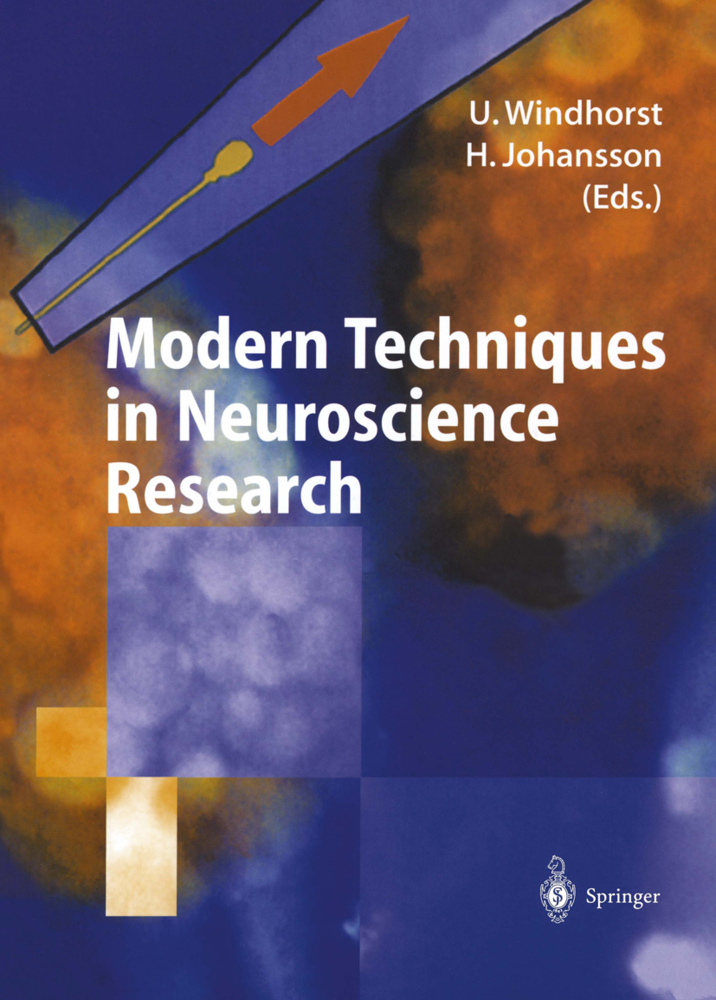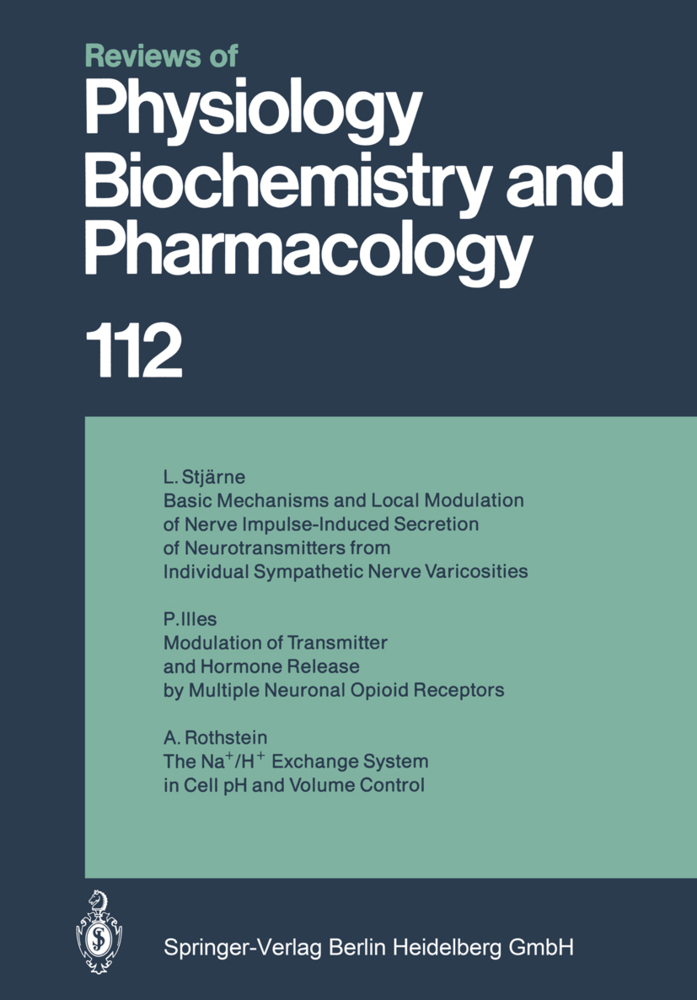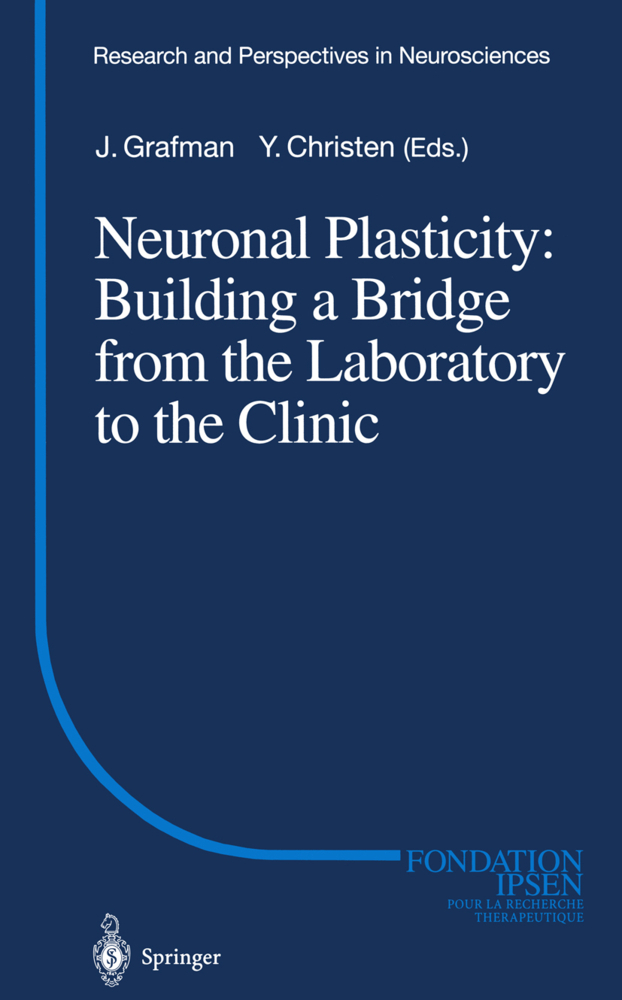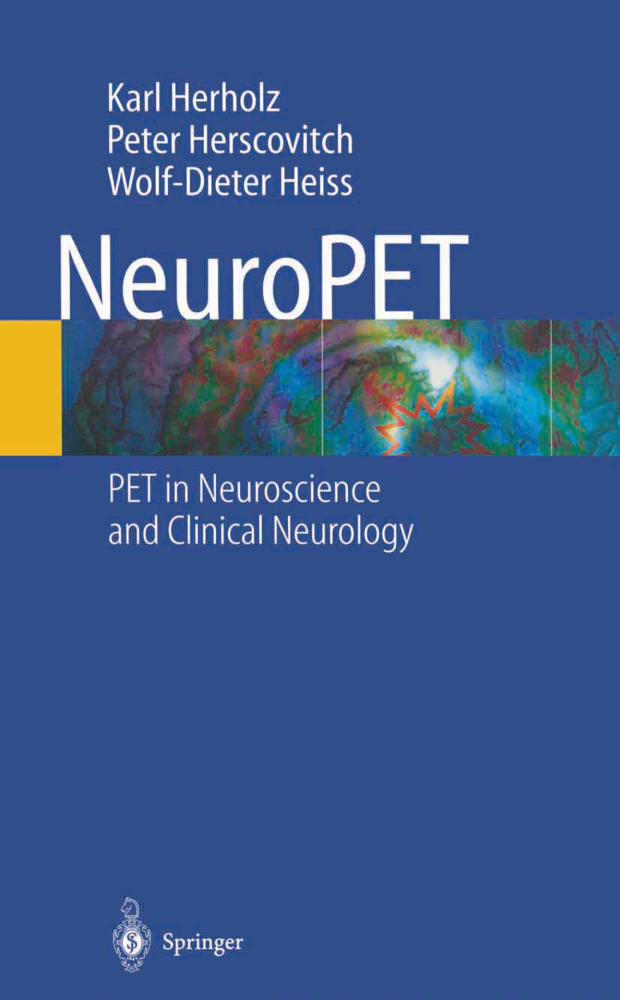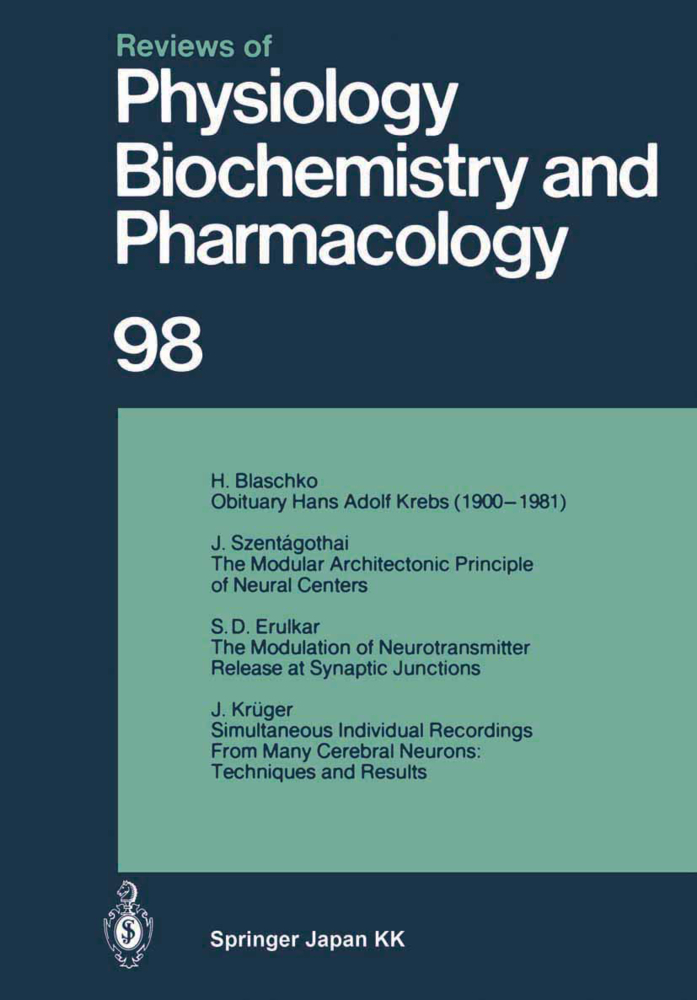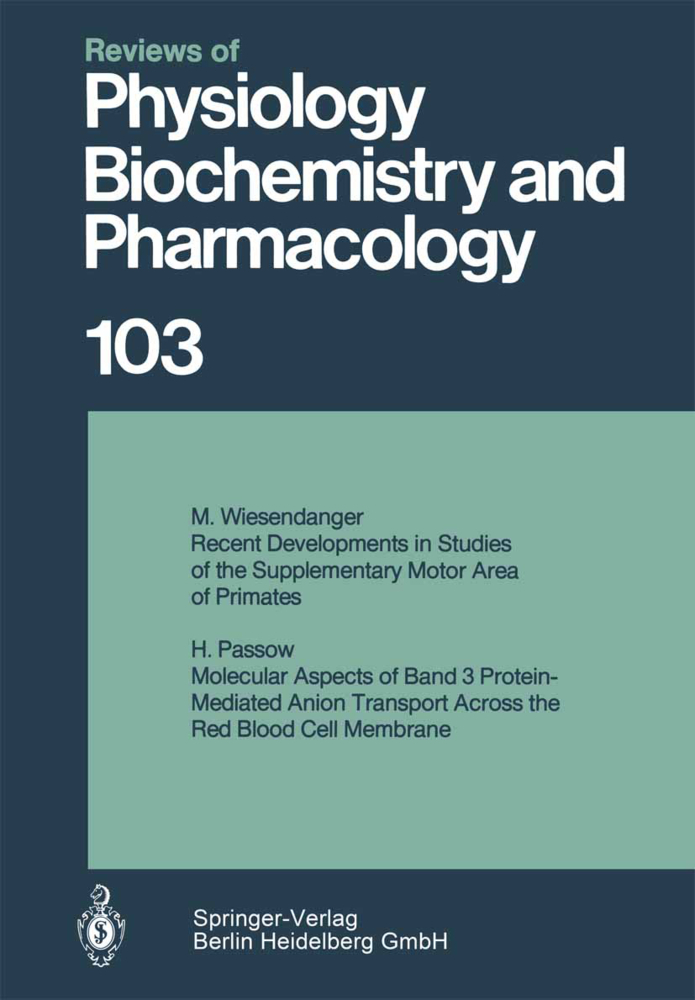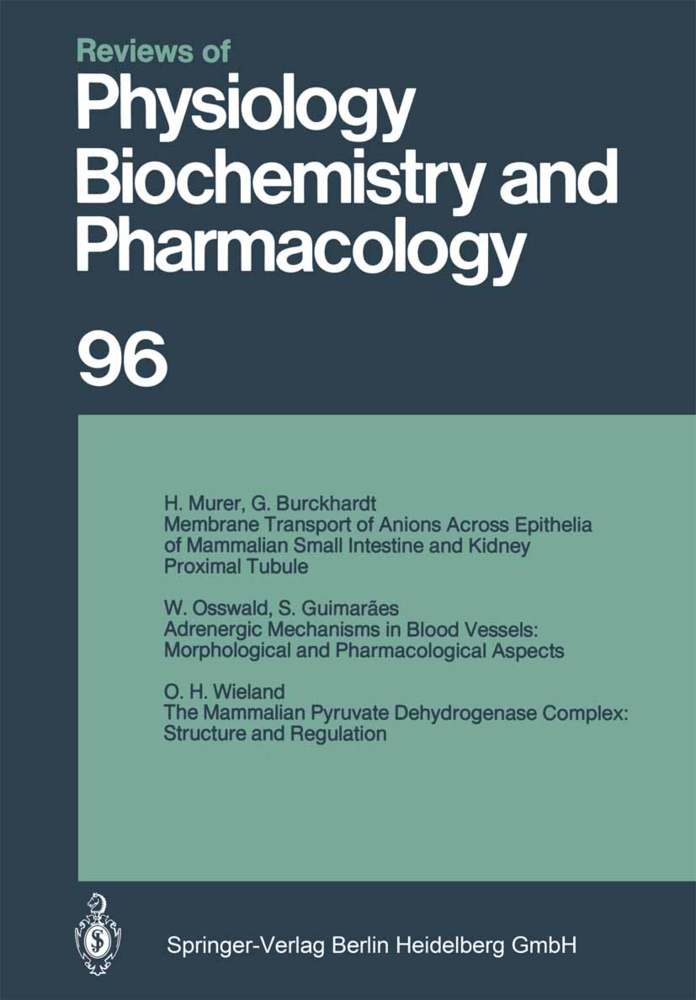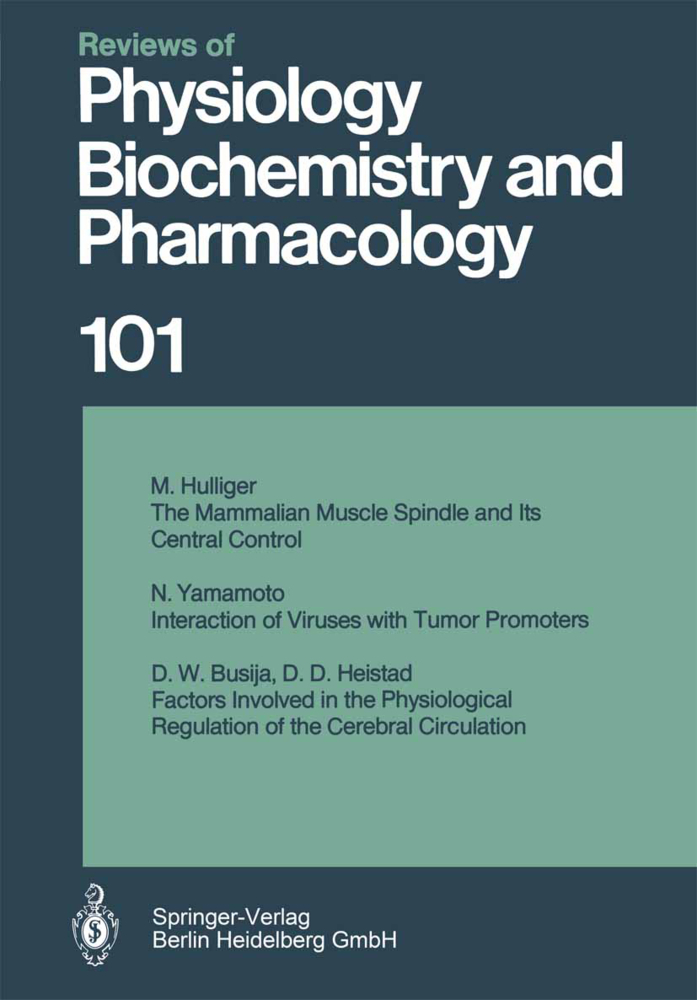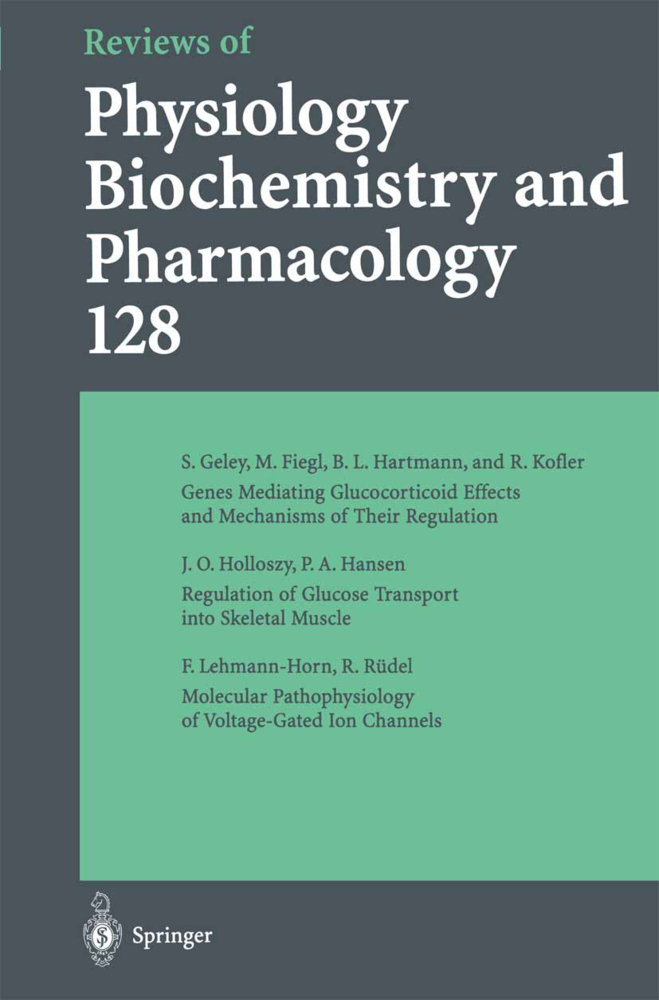Neuropsychopharmacology
Proceedings of the XVIth C.I.N.P. Congress, Munich, August, 15-19, 1988
Neuropsychopharmacology
Proceedings of the XVIth C.I.N.P. Congress, Munich, August, 15-19, 1988
In 1988, for the first time in its thirty years history, the Collegium Interna tionale Neuropsychopharmacologicum (CINP) with one of its biannual congresses returned to the same city - to Munich. In Munich, 26 years ago (1962) the IIIrd CINP Congress had been held. A comparison of these two Munich CINP Congresses is evidence for the fruitful growing and expansion of research in basic and clinical neuropsychopharmacology. In 1988, more than 3000 people attended the XVIth CINP Congress. And it was necessary to have - besides poster presentations - up to fourteen parallel sessions. By decision of the Programme Committee (A. Coppen, E. Costa, H. Hippius, J. Mendlewicz, G. Racagni and I. Yamashita) 65 symposia to special topics had been accepted and were held during one week. These symposia were the core of the congress. Special scientific highlights of the congress were the four plenary sessions. There, lectures were presented by two Nobel Prize Laureates- G. Edelman and M. Eigen -and six other outstanding scientists (B. Sakmann and the CINP members W. E. Bunney, A. Carlsson, P. Janssen, M. Schou, G. Sedvall). With the aim to inform about the results of the XVIth CINP Congress as many scientists as possible, the CINP Executive Committee and the Pro gramme Committee published in a separate volume the abstracts of all symposium-presentations, all platform- and poster-presentations ("Psycho pharmacology" - Supplement to Volume 96 - Springer International 1988).
3 Molecular Biology in Neurology and Psychiatry
4 Brain Transplants in Neurology and Psychiatry
5 Peripheral Cells as Pharmacological Models in Psychiatric Research
6 Endogenous Ligands for Psychotropic Drug Receptors
7 Biological Markers of Affective Disorders: Impact of Basic Neuroendocrine and Sleep Research
8 ?-Adrenoreceptors in Depression and for Antidepressant Effect
9 The Thyroid Axis in Basic and Clinical Research
10 PET Imaging in Neurosciences and Psychiatry
11 The Brain-Immune System Interactions
12 Neuropeptides: Basic Research
13 Clinical Aspects of Neuropeptide Research
14 Postmarketing Surveillance of Psychotropic Drugs
15 Pharmacological Aspects of Sleep and Sleep Disorders
16 Drug Effects and Morphological Investigations in Human Postmortem Tissue
17 AIDS.
1 Introduction
2 Molecular Biology in Neuropsychopharmacology3 Molecular Biology in Neurology and Psychiatry
4 Brain Transplants in Neurology and Psychiatry
5 Peripheral Cells as Pharmacological Models in Psychiatric Research
6 Endogenous Ligands for Psychotropic Drug Receptors
7 Biological Markers of Affective Disorders: Impact of Basic Neuroendocrine and Sleep Research
8 ?-Adrenoreceptors in Depression and for Antidepressant Effect
9 The Thyroid Axis in Basic and Clinical Research
10 PET Imaging in Neurosciences and Psychiatry
11 The Brain-Immune System Interactions
12 Neuropeptides: Basic Research
13 Clinical Aspects of Neuropeptide Research
14 Postmarketing Surveillance of Psychotropic Drugs
15 Pharmacological Aspects of Sleep and Sleep Disorders
16 Drug Effects and Morphological Investigations in Human Postmortem Tissue
17 AIDS.
Bunney, W. E.
Hippius, Hanns
Laakmann, Gregor
Schmauß, Max
| ISBN | 9783642740367 |
|---|---|
| Artikelnummer | 9783642740367 |
| Medientyp | Buch |
| Auflage | Softcover reprint of the original 1st ed. 1990 |
| Copyrightjahr | 2013 |
| Verlag | Springer, Berlin |
| Umfang | 825 Seiten |
| Abbildungen | XIX, 825 p. |
| Sprache | Englisch |

